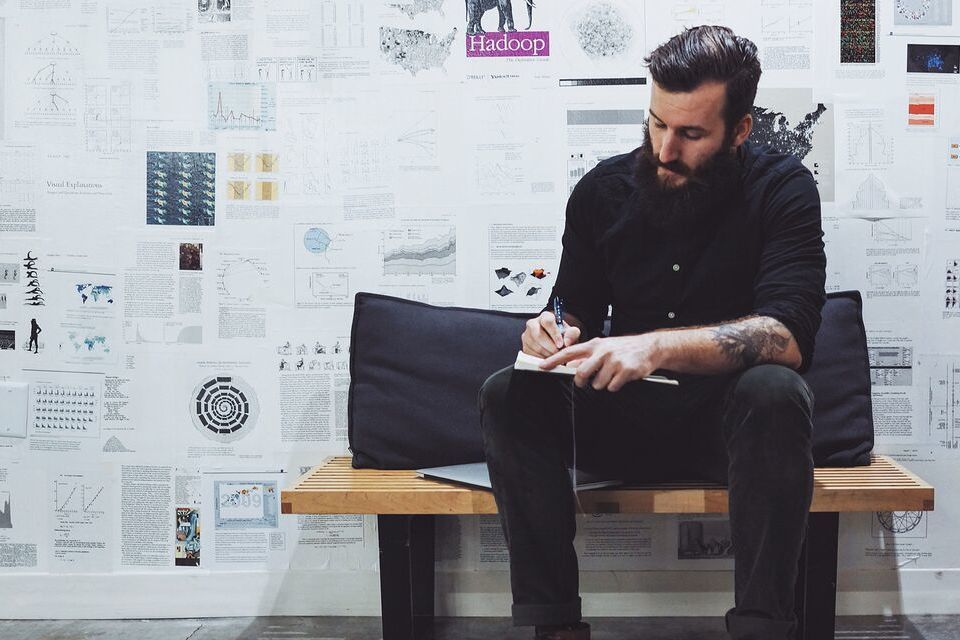Being connected all the time may seem crucial to succeeding at work, but never going offline can end up draining your productivity.
Endless emails coming in every second, constant message notifications, updates on new projects from coworkers—it’s easy to get overwhelmed. How do you stay on track and keep a creative, open mind when you have so much going on, and when the pressure to never log off is so strong?
Ways We Work is a project dedicated to showcasing the struggles and rewards of work you care about. With a focus on people in creative and tech-based fields, Amandah Wood and Matt Quinn work together to get to know what makes people tick at a diverse range of jobs.
In collaboration with Ways We Work, we’ve put together some words of advice on how to maximize your productivity at work without sacrificing your creativity. These fifteen designers include professionals at Facebook, Google, Instagram, and Mozilla, as well as freelancers and entrepreneurs.
Keep reading to find out their advice on dealing with too many emails, staying focused while working from home, getting the most out of procrastination, and more tips for having a better, more productive work day.
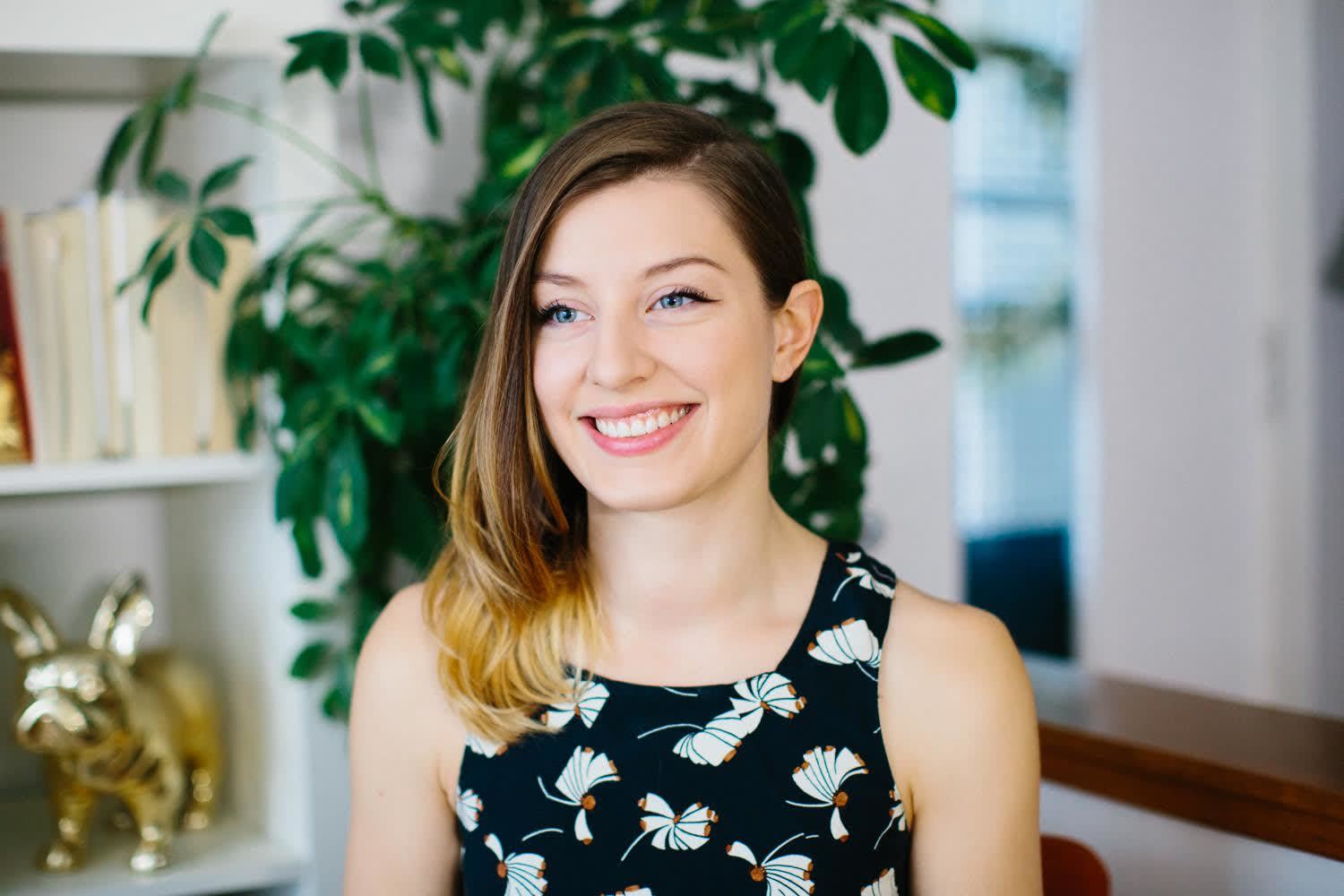
1. Keep Emails Brief
In addition to working at design blog Design*Sponge, Sabrina Smelko is a freelance illustrator and designer. Keeping work hours and personal time separate can be tricky when juggling multiple professional positions.
Smelko used to only respond to emails during work hours, doing her best to provide lengthy, considered replies. But, she realized this quickly led to emails piling up unanswered.
Now, she gives herself “permission to just shoot back, ‘Hey, I got this, I’ll let you know when it’s posting or I’ll let you know the publishing date.’”
Smelko says, “I think the biggest and best tool for that was putting a signature on my mobile device that says, ‘Sent from my phone, excuse brevity.’ It gave me permission to relax.”

2. Have Real Conversations
Shaun Tollerton is a designer at ustwo. He knows how stressful keeping up with emails can be. No matter how many replies you shoot off, it can feel impossible to ever have an empty email inbox.
“I love having ‘inbox zero,’” Tollerton says. “I freak a little when the number of unread emails goes above ten. I try to respond as soon as I can, but there are other solutions I find helpful. Having real world conversations as often as possible reduces the need for email. Slack has really helped too, as I can chat with the team I’m currently working with, message people directly, and have general conversations where necessary.” There’s more to coworker communication than email.
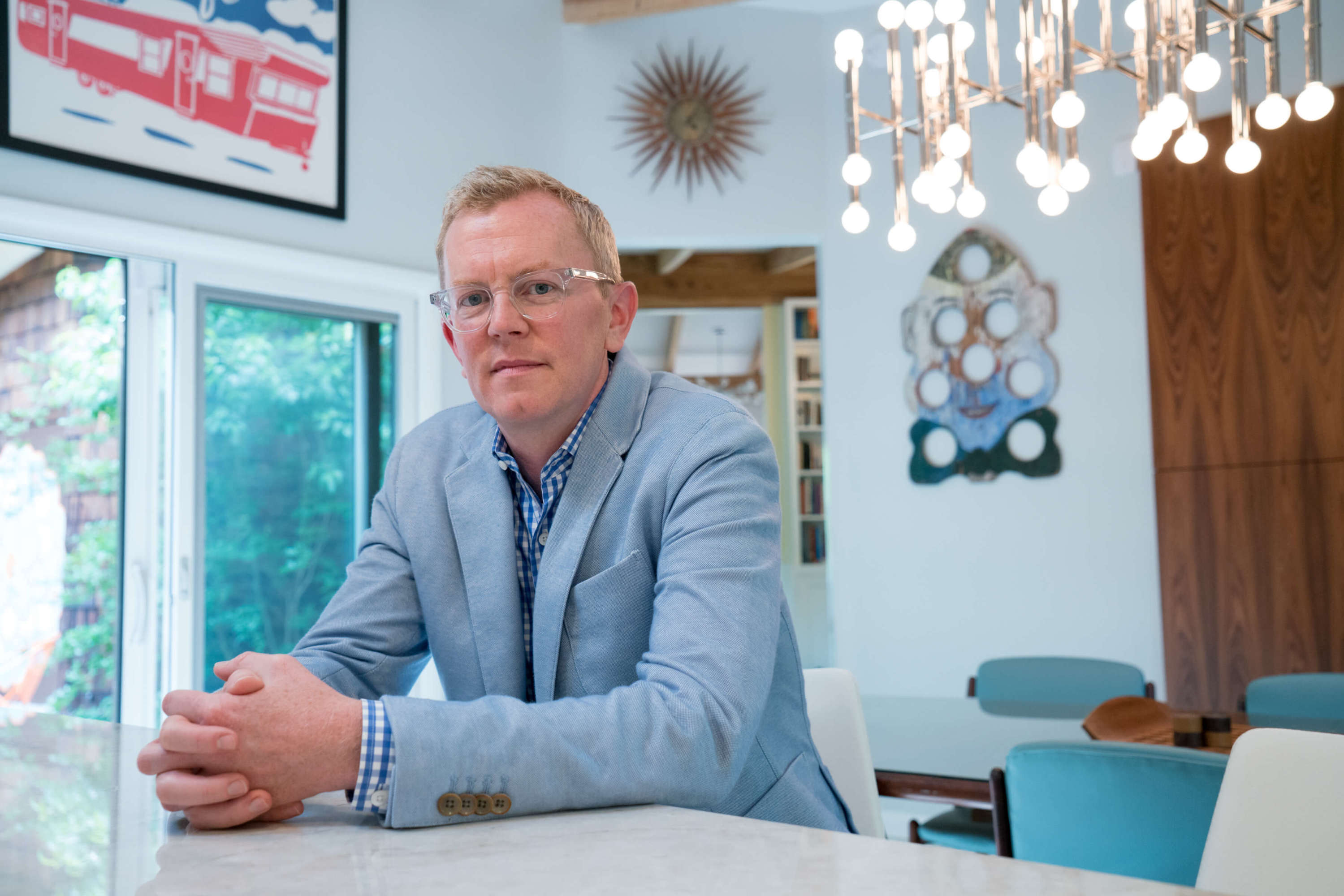
3. Go Offline
Aarron Walter, Vice President of Design Education at the design app InVision, works remotely in his new position. Working outside the office means finding new methods for staying motivated.
“When I need to focus and be really productive, I just turn off the Internet,” says Walter. “That’s probably the best tool for me—the off switch. I have this desire to check e-mail in the morning, but I find that makes me a lot less creative and productive if I do. Instead, I try to check it at the end of the day, because the morning is where my head is the clearest. If I clutter it up with all these different inputs, it’s hard to be productive.”

4. Form Habits
Geoff Teehan, a product design director at Facebook, believes that forming habits in order to grow is essential.
“It’s easy to get comfortable and complacent,” Teehan says, “and that’s when you stop growing or find yourself in less than ideal scenarios. I am now a big believer in forming habits. It’s how I did a 180 on my health and made changes to how I work. I make commitments to do something for sixty days straight so they stick—that’s about how long it takes for us to form habits.”
Teehan also stresses the use of lists and realistic expectations. “I don’t have a work priority list and a personal priority list,” he says, “I have one list and I prioritize everything. Whether it’s a phone call, setting up a meeting, a recruiting thing, writing a brief, scheduling car service… All of those things are on the list. I take a look at it every single day and decide what I’m going to accomplish.”
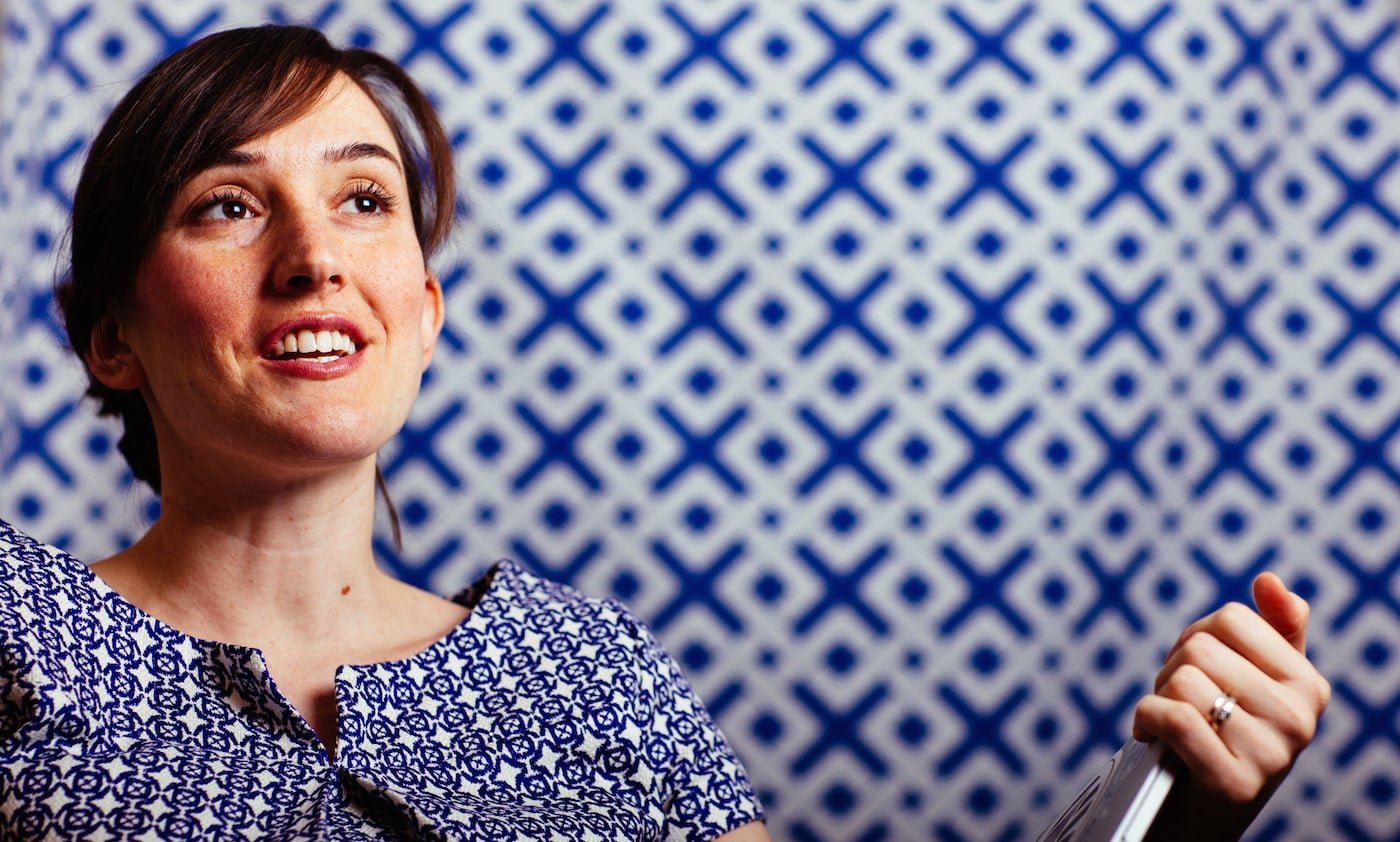
5. Have a Strong Voice
Mozilla Foundation design director Cassie McDaniel is a forward-thinking designer who, together with her husband, created the platform Women && Tech to highlight women’s achievements in tech.
McDaniel believes that speaking up at work is important. “ It’s important to stand up for yourself, and to have an opinion,” she says. “Those are the biggest things. Particularly with women, who I find are a little more soft spoken, or don’t get heard the first time and so never repeat themselves. It happens with men too, for sure. And obviously it’s not just up to them—we are all responsible for a systemic culture of valuing loud voices over soft ones, but the soft ones need to do their part to grow outside of their comfort zone.”
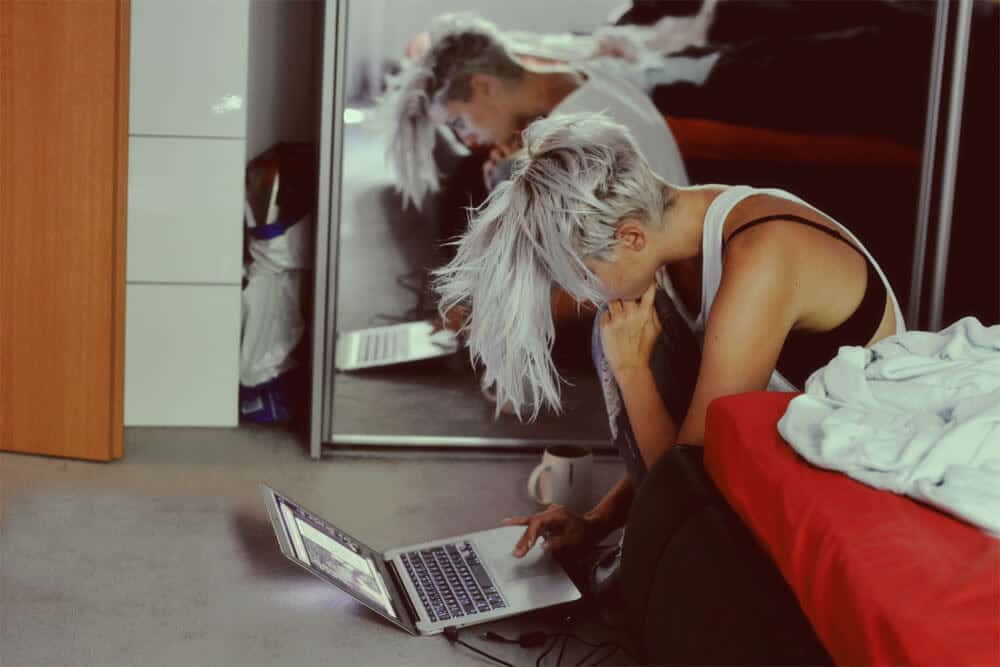
6. Separate the Personal from the Professional
Sanja Čežek is a designer, art director, and co-founder of Fuchs+Dachs.
“A lot of the best advice I’ve received is from my father,” says Čežek. “He always said, ‘When you come to work, close the door. We all have problems, but when you come to work close that private door and open the business door.’”

7. Project Manage Daily
Emily Haasch is the lead designer for Electric Objects, which makes screens facilitating new ways to display art digitally. Before working for EO, Haasch was lead designer for the popular game Cards Against Humanity.
Haasch found that working as a lead designer requires the ability to multi-task, and to check in with all ongoing work daily. “It’s important to take a little time out of every day for quick project management,” Haasch says. “Usually, the first half hour of my day is where I’ll step away from everything and just go through my tasks for the current and upcoming weeks, while identifying conflicts, emails I need to send, briefs I need more information on, freelancers I should wrangle, and other housekeeping.”

8. Start Simple
Huda Idrees leads the product and design teams at online stock portfolio manager Wealthsimple.
Huda says that when her teams are working on new design projects, they “try to think of the very first step that we can take to get to our goal. We develop either a simplest version one of a process or product and we iterate from there. That’s helped us a lot. It’s helped us to bring stuff to market really fast. I try to apply that thinking to everything I do. For example, if something’s uncertain or I’m feeling really stretched in terms of design, I try to think about the first step I can take.”

9. Block Off Time
Matt Quinn is a digital product designer and photographer. Working freelance means you need to create your own schedule, and Quinn stresses just how crucial effective scheduling is to success.
“Creating time blocks is how I keep sane,” he says. “Different blocks have different tasks. I usually start my day with a small ten to 60 minute block dedicated to email and business admin. Then, depending on the project I’m working on, a long four to six hour block dedicated to code or writing. I try to keep focused on the task at hand within the time block.”
“I’ll have my phone in front of me during the blocks,” Quinn adds, “and if a message is important enough to break the focus, I’ll break out, but for the most part I’ll make a mental note of the email and then respond when I’m done the current block. Most of the time I manage this process in my head and it’s fairly organic based on the priorities of the day. When things get a little hectic, I’ll use Google Calendar as a backup to keep me on track. It doesn’t work all of the time, and in those cases I just take everything as it comes.”
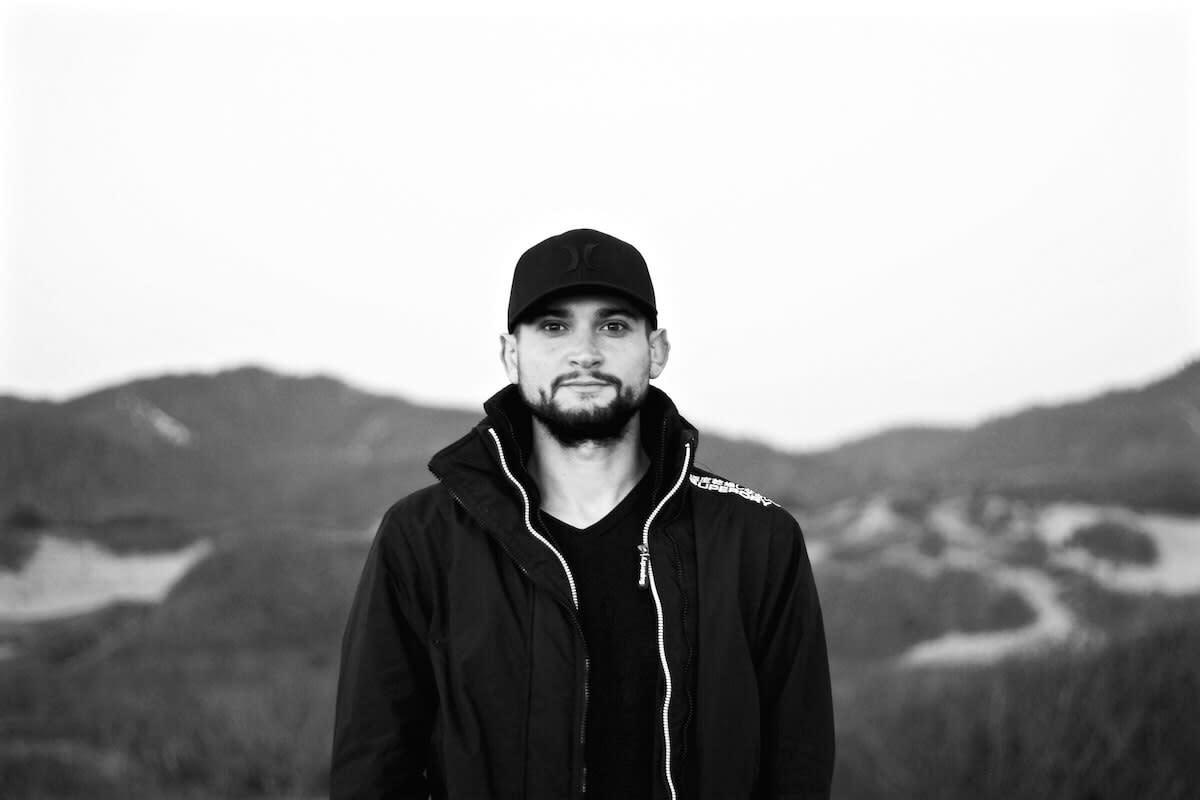
10. Stay On Track
Sebastien Gabriel works for Google as a designer for the Chrome team. Since Chrome is known for its efficiency, it’s no surprise that Gabriel’s advice is also simple yet effective:
“Get to the point,” he says. “It applies to everything. At some point you need to just optimize everything you do or say to get to the point. Everything around it is just noise. That’s something I found useful both from an email perspective and design as well. It applies a lot to what we do in both UX/UI—getting to the point is something that we should always keep in mind. Don’t think outside of your goal.”
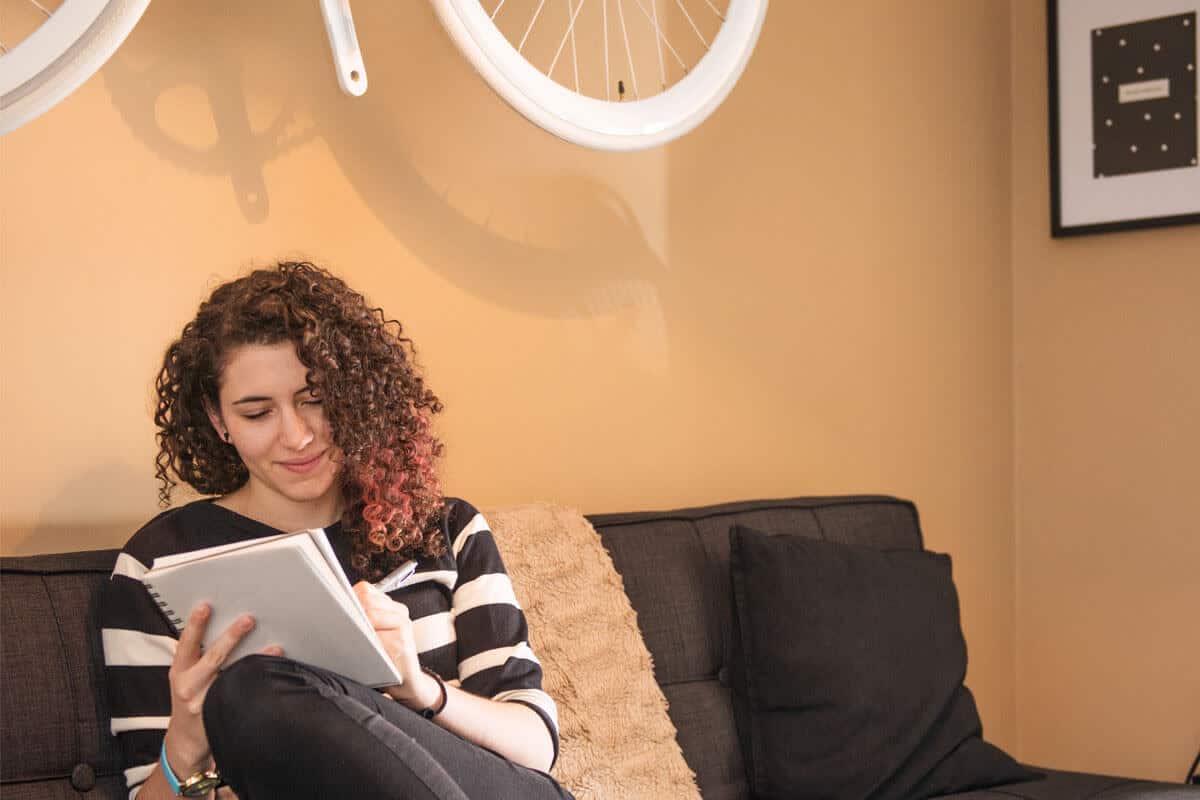
11. Procrastinate Productively
Chantal Jandard is a UI/UX designer whose best time-saving trick is to use moments of procrastination for productive tasks. Sometimes you just really need to take a break from the project you’re working on—but that doesn’t have to mean aimlessly watching YouTube videos or scrolling through your Facebook feed.
“Instead of checking Instagram for the thousandth time, I’ll grab my to do list and make myself do something else on it instead of the task at hand,” says Jandard. “At least something of value gets done.”
Spending time away from what you’re working on can be helpful when you’re stuck on a difficult task, so don’t feel bad about taking those breaks. Just use them to get other necessary goals done.
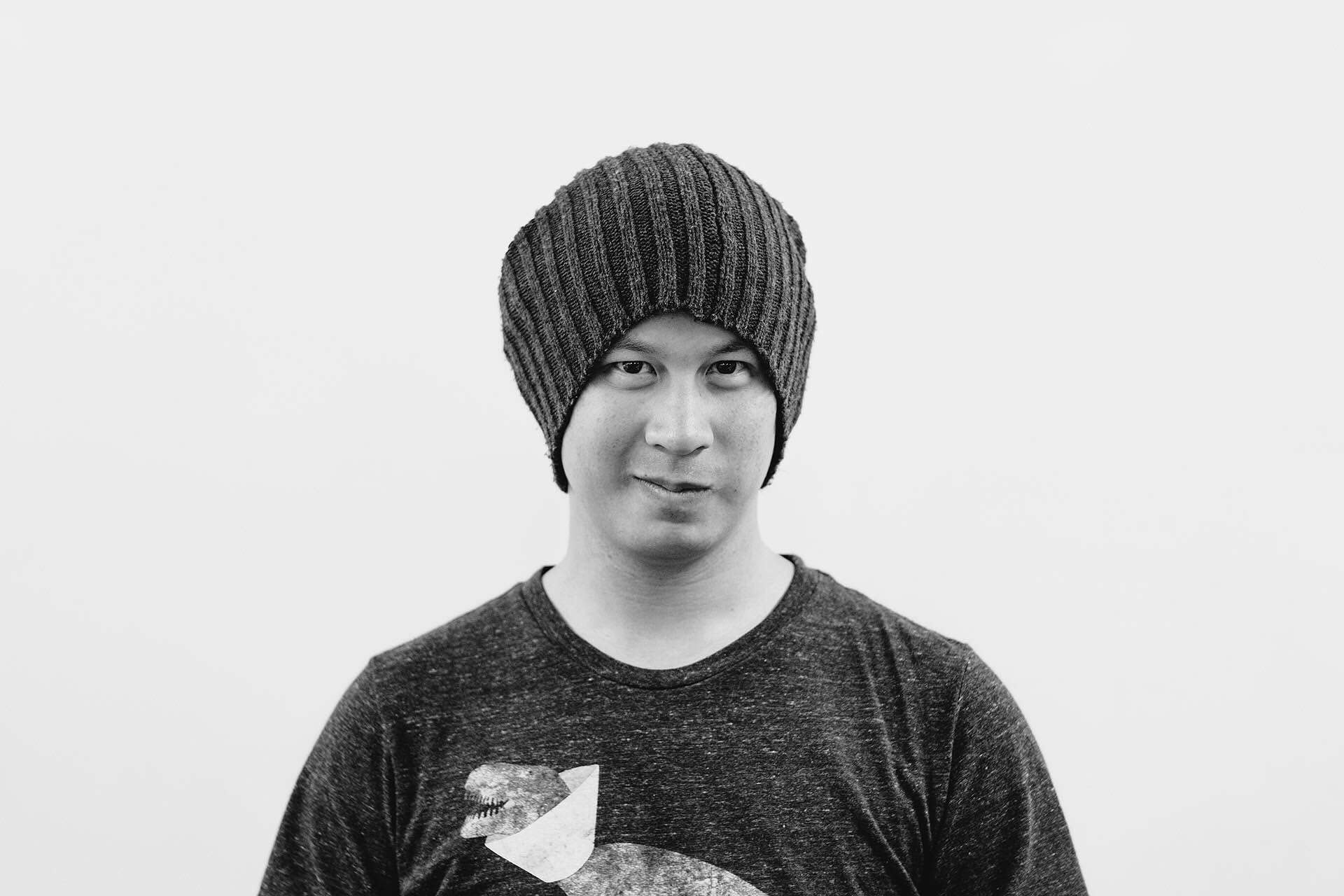
12. Ask for Help When You Need It
Ken Wong is a lead designer and artist at ustwo, the studio behind the hit iOs game Monument Valley. Wong knows firsthand that designing and developing video games can require a lot of problem solving. Since designers like him tend to work in small teams, the rapport they develop with colleagues is essential to the success of the finished product.
Wong emphasizes the importance of asking coworkers for help when needed, especially when working on difficult new projects. “Last year in particular was really tough,” he shares. “The VR project we worked on, Lands End, just seemed like challenge after challenge. There were technical challenges, personal challenges, and visual and design challenges. It bore down on us; morale was really down. We just punched through it, just putting one foot in front of the other.”
“Asking for help is useful,” Wong says. “When you don’t know what to do, or you know what to do and it’s just really tough, just asking someone else on the team, ‘Hey, what do you think about this? I’m facing this problem and it’s tough, and I’m having a hard time with it.’ Sometimes just talking it through with a team member will grease the wheel, so to speak.”
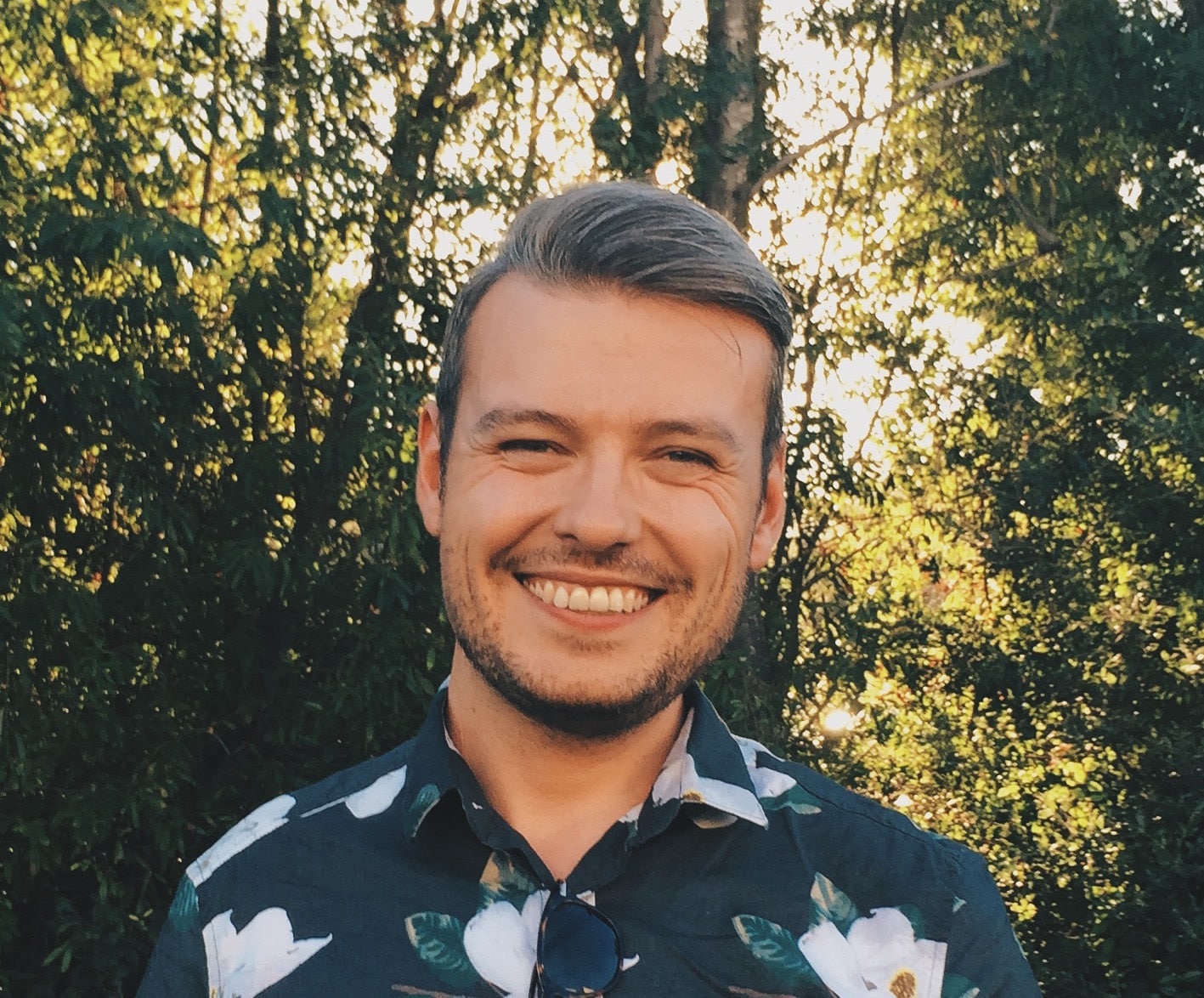
13. Get Out of Your Comfort Zone
Nathan Garvie is a designer at Facebook. Gravie has had a quickly shifting and growing career as a designer, and at Facebook he’s in between a product designer and a lead designer.
“Since I graduated, I’ve always tried to focus on running towards things that I’m afraid of,” Garvie shares. “When I was interviewing for jobs, there were places that I interviewed at that I was intimidated by, and some that I wasn’t, and that’s normally a good indicator of your gut telling you that it’s something you should go after.”
Being a bit scared of a new opportunity or position can mean that it’s one really worth striving for—it’s good to get out of your comfort zone sometimes.
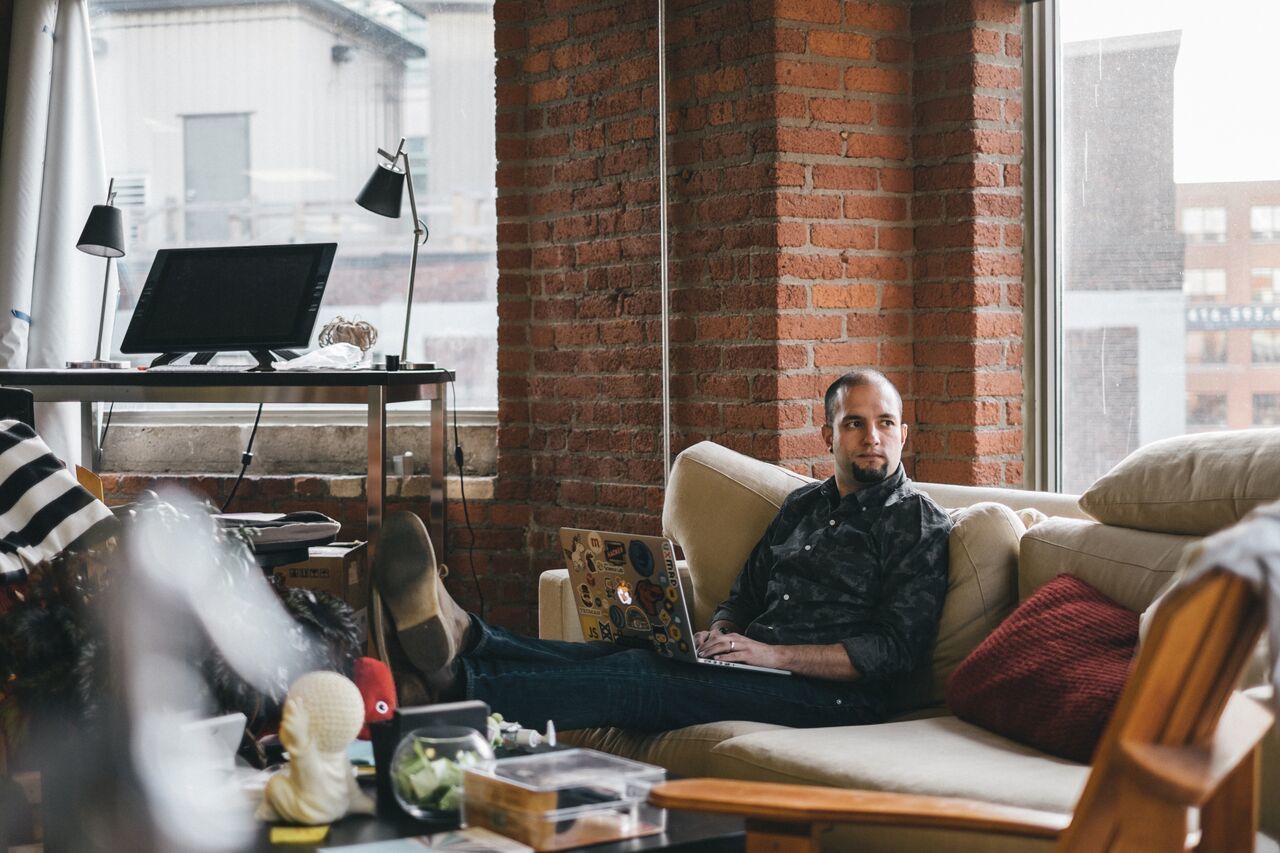
14. Be Optimistic
Darrin Henein, the design lead at Mozilla Firefox mobile, makes a strong claim for why optimism is so important to success.
“I think one of the most valuable things I’ve learned over the years is just to be overly opportunistic,” Henein says. “I try to always look at a situation or a problem and figure out where we can go from there that’s upward. No problem is too big to fix—that’s something I’ve learned in my personal life as well. Younger and less mature me would more easily throw in the towel when things get hard. I learned over time that things that are worth doing take work, and they’re hard. You just have to push through the hard parts.”
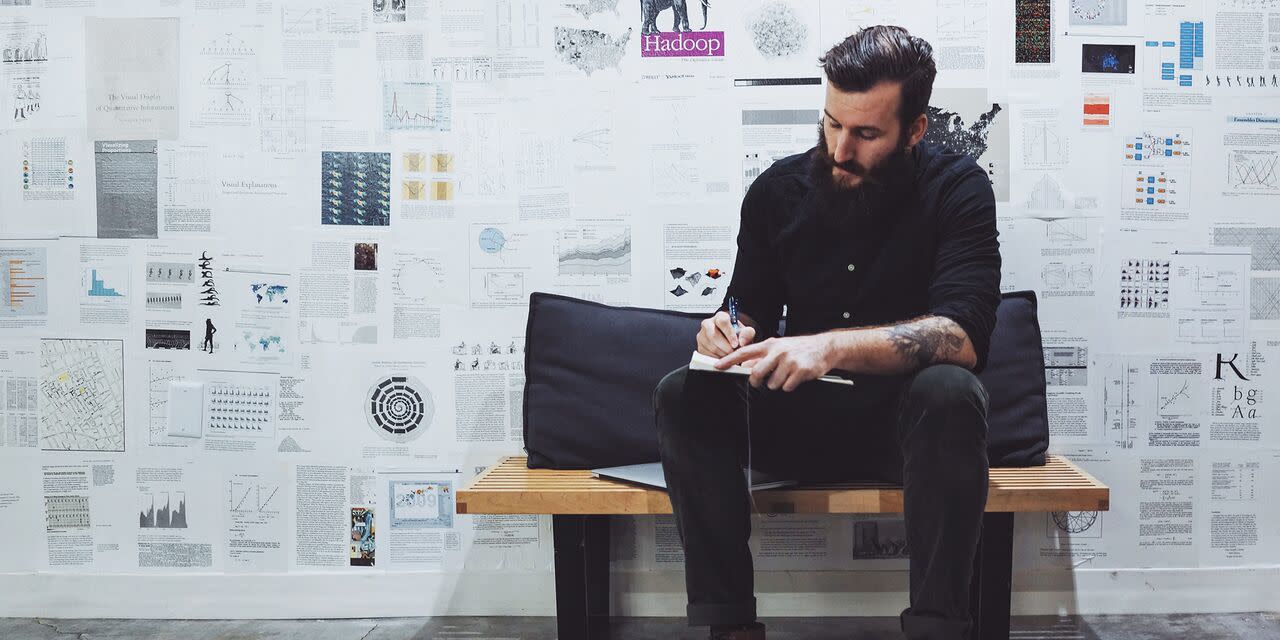
15. Communication is Key
Alexander Mayes, a product designer at Instagram, stresses the importance of soft skills.
“A lot of designers focus on being a really well-crafted artist and they focus on perfection, but they forget how to actually communicate and deal with other people,” Mayes explains. “If you ever want to be a leader or be successful in the world, you need to be able to influence and deal with people in a meaningful manner.”
Good interpersonal skills can go a long way when working as a designer in a company big or small. Take the time to really listen to colleagues when they have something to say, and when you have feedback to give or a problem to discuss, make sure your criticism is constructive and considerate. Avoiding miscommunications at work can go a long way to saving time and increasing productivity.
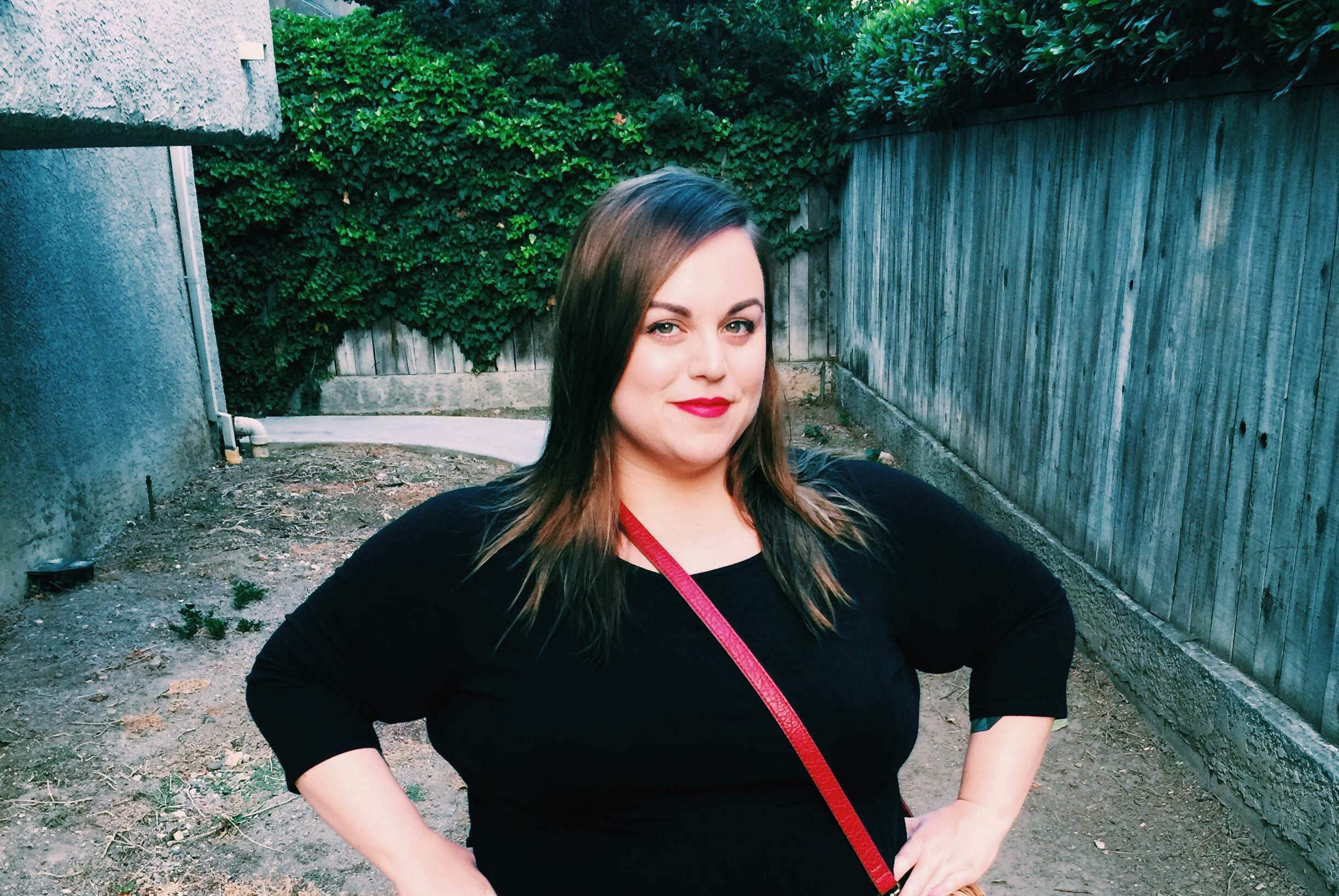
16. Don’t let Productivity Tips Stress You Out
Designer and freelance writer Jamie Veron has some apt advice for our last tip. She notes that sometimes the rules and pressure of being optimally efficient can be destructive:
“On the flip side of that, I think routines and productivity tips are great,” she says. “But if they cause you more stress because you feel like you can’t uphold them perfectly, they are getting in the way. Don’t make yourself miserable just to stay on a routine. It’s supposed to help you. If it’s not helping, wait until it’s going to be helpful to you.”
Evaluate which tips work best for you. Try them out for a while, but if they contribute to stress and don’t make a big impact, then ditch them. Not all advice works for everyone.
